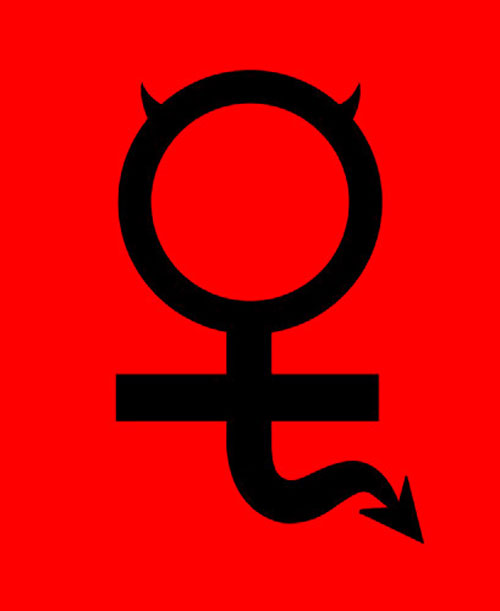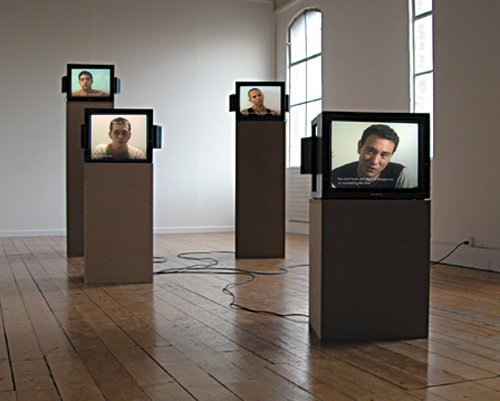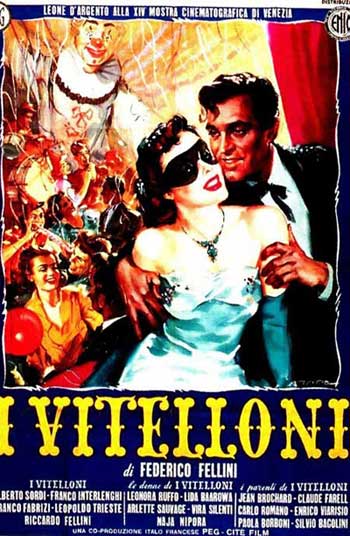CaixaForum in Madrid The Cinema Effect: Illusion, Reality and Moving Pictures until April 24. The exhibition is an interesting review of the influence that cinema has had in shaping the 21st century visual culture.

The exhibition is organized by the Hirshhorn Museum and Sculpture Garden of the Smithsonian Institution in Washington, with support from the Broad Art Foundation and the Audrey and Sydney Irmas Charitable Foundation.
Cinema is in our unconsciousness through images and social representations constructed in the contemporary imagination. Along with advancing the technique to produce and play movies and documentaries using computers and televisions, video art work is increasingly popular and invites us to project ideas via the image.
Illusion and reality intersect in the sample and the ones who call to decode these two proposals are international artists Isaac Julien, Omer Fast, Runa Islam, Ian Charlesworth, Ferry Tribe, Mungo Thomson, Julian Rosenfeldt and Paul Chan. They summon us to discover the reality of their dysfunctional compositions which communicate us with the unconscious construction of images: dreams.
The filmmaker Isaac Julien, born in London in 1960, in his complex works on the search for racial and sexual identity in a world dominated by the stereotypical image of beauty, correctness and everyday life, has done interesting video art works where he plays with dreamworld poet that treats mediation on the cultural impact of global migration.
Runa Islam, a filmmaker born in Bangladesh in 1970, inspired her documentary video art work in avant-garde Franco-Swiss filmmaker Jean-Luc Godard, one of the most influential representatives of the Nouvelle Vague, the critical and poetic acidity of his images. His films have a huge reflective burden of the human being and a healthy dose of sensitivity that has earned to be promoted by the United Nations.
Paul Chan was born in Hong Kong in 1973. He uses photography, video and words to build his haunting beauty and depth content works on the tragic evocation that some of his images contain. His works are based on Ionesco, Beckett and Stein, and are full of words or emptiness that also encourage the imaginary word to dream, surreally, with the viewer.
Omer Fast was born in Jerusalem, Israel, in 1972; in his work he explores the disparate possibilities of cinema to make video installations. His interesting conceptual work, through the use of video and large screens, calls us to reflect on the perception viewers have when watching images transmitted over and over again by television networks in their attempts to build an imaginary bounded to the virtual reality.
For further info http://obrasocial.lacaixa.es/apl/actividades/actividad_es.html?idActividad=42826&idCentro=918204
 Nancy Guzman
Nancy Guzman
To understand how art has reworked an interesting reflection on how cinema and the images we see daily has affected our perception of the world, you have to visit the CaixaForum if you´re spending a few days of dream in Madrid accommodation

 English
English


